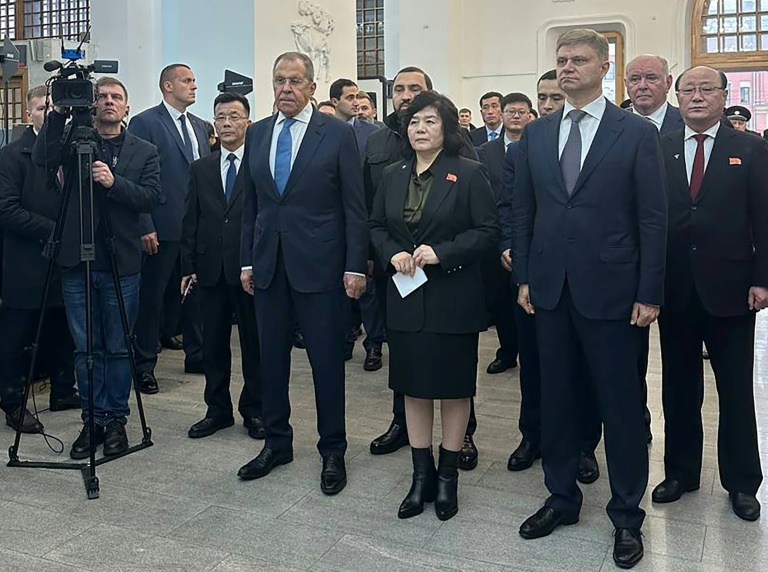The article offers a rare glimpse of the discussions going on in mainland China over the future of self-ruled Taiwan, which Beijing sees as part of its territory and to be brought under its control – by force if necessary.
Most countries do not recognise Taiwan as an independent state but oppose any attempt to seize the island.
The Xiamen research institute – part of the university’s architecture and civil engineering school – confirmed that it wrote the article and said it would be reposted later, but declined an interview request.
Two mainland Chinese academics who focus on Taiwan were sceptical about the proposal which they said was not practical.
The institute suggested in the article that a “Central Taiwan Work Committee” be set up to function as a “shadow government” that could be ready to assume control of the island’s administration at any moment.
It said the committee should look at issues such as applicable laws, currency conversion and infrastructure integration between the two sides.
Its role would also include uniting anti-independence forces on the island and encouraging Taiwanese to take part in discussions on the takeover plan.
Beijing has for decades proposed a “one country, two systems” model to govern Taiwan but has never released a detailed plan about how it would be done.
Taipei has rejected the proposal.
“The recent unrest in Hong Kong shows that the one country, two systems approach of fully accepting the existing system is not necessarily suitable for Taiwan,” the article said. “Taiwan should aim to fully integrate into the mainland from the beginning.”
It said the pilot zone could be established in coastal cities such as Xiamen and Quanzhou in Fujian, which are across the strait from Taiwan and share similar language and culture.
The institute said the zones could be used to simulate the post-unification governance model – including for elections, language and education – to put policies to the test and train the cadres who will run the island.
“Hong Kong’s role as a model [for one country, two systems] has become a lot less persuasive on the island,” the article said, noting that a new model was needed.
While Beijing insists that the one country, two systems framework has been successful in Hong Kong, Taiwan’s three main political parties have all rejected the plan, citing its failure in the city.







